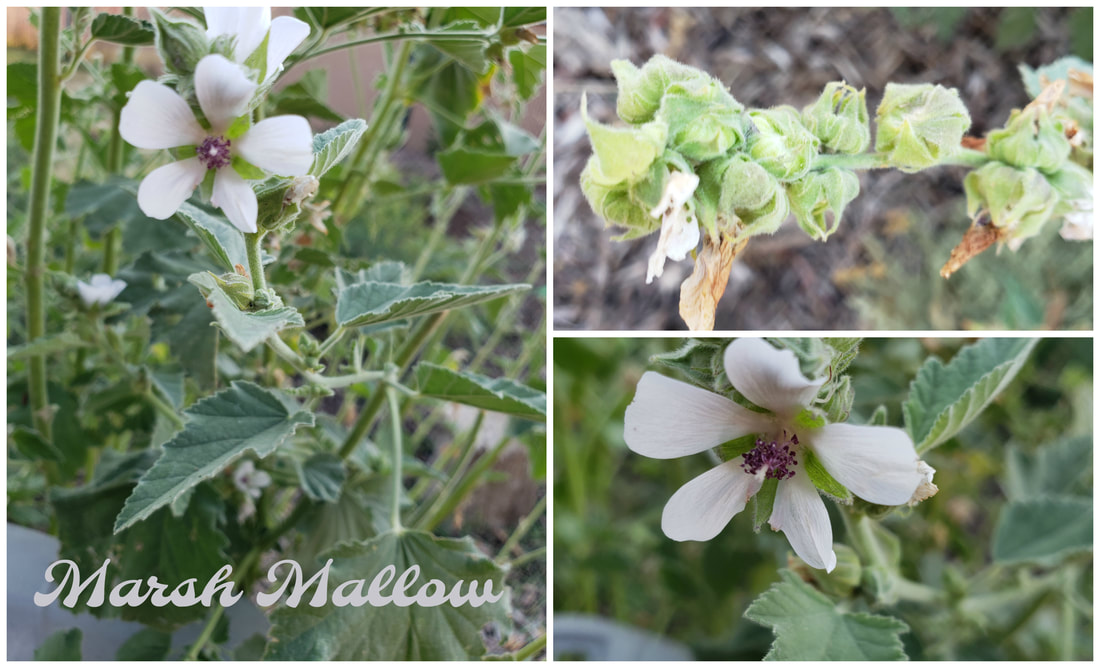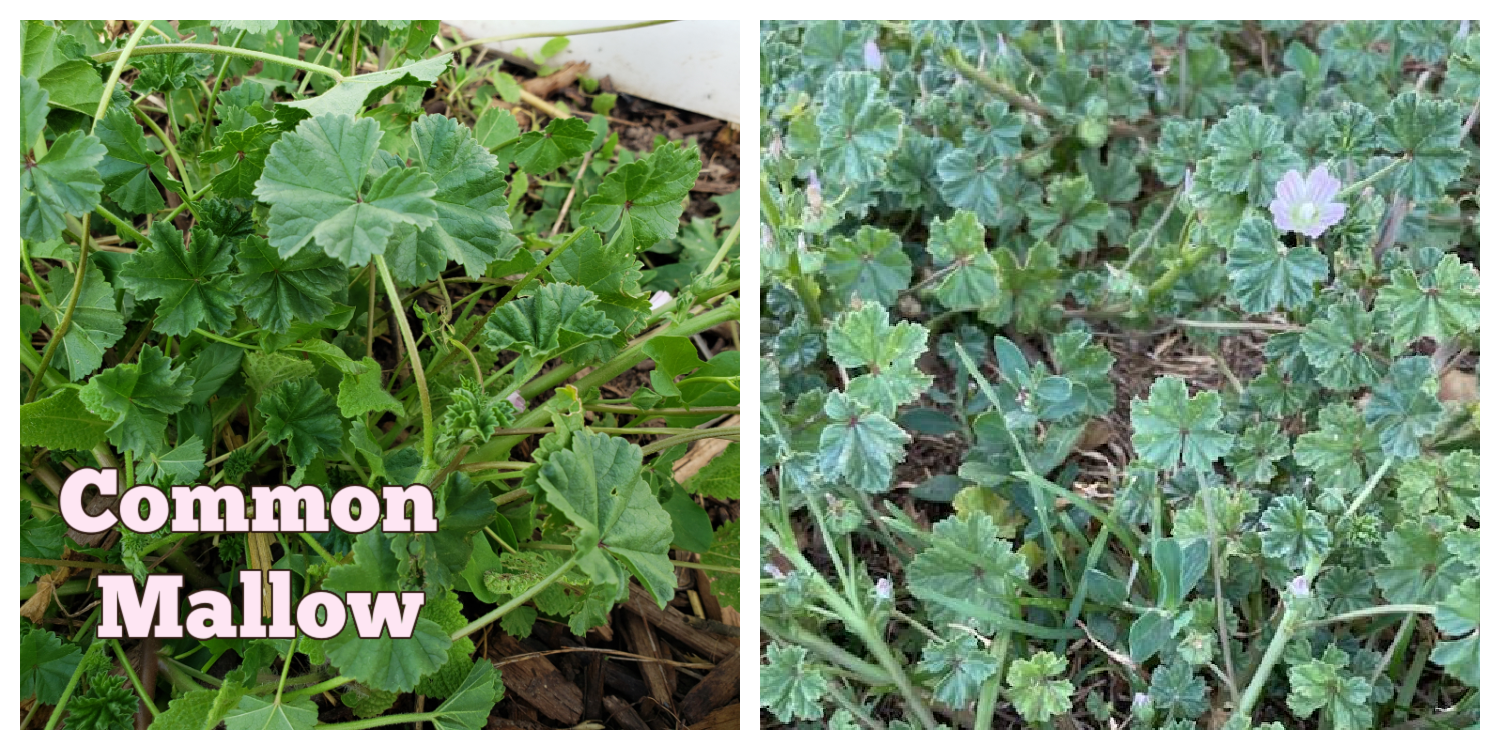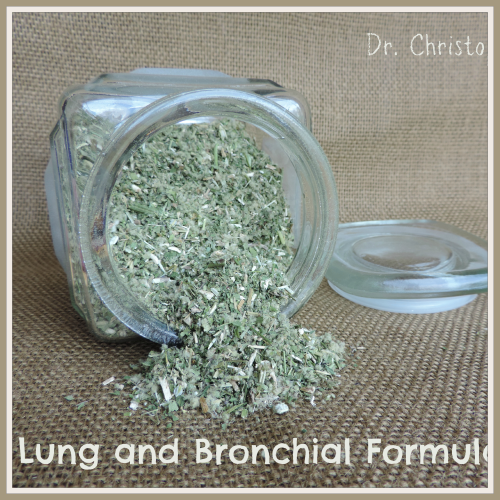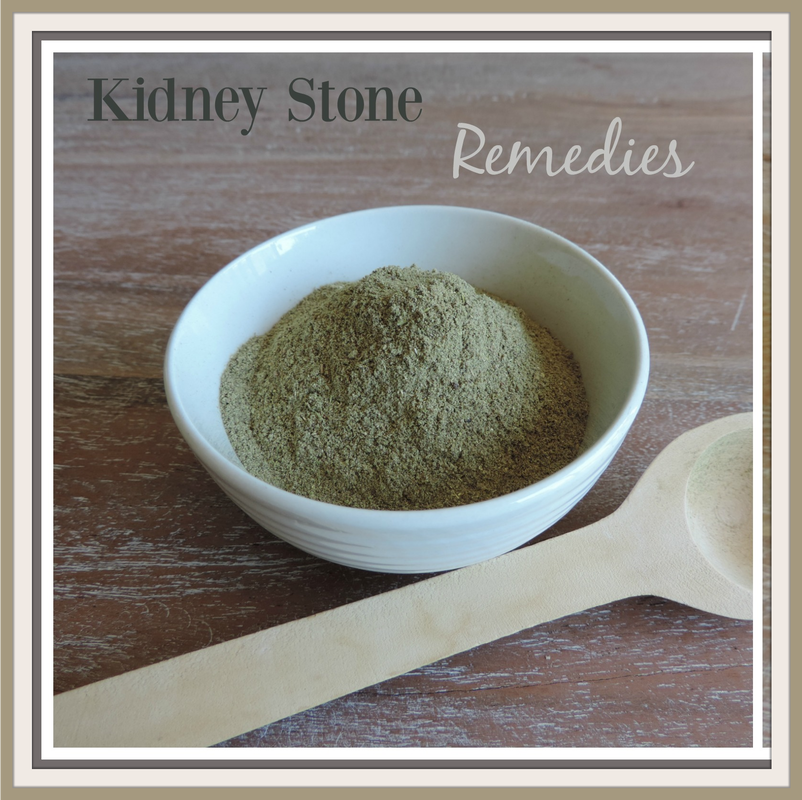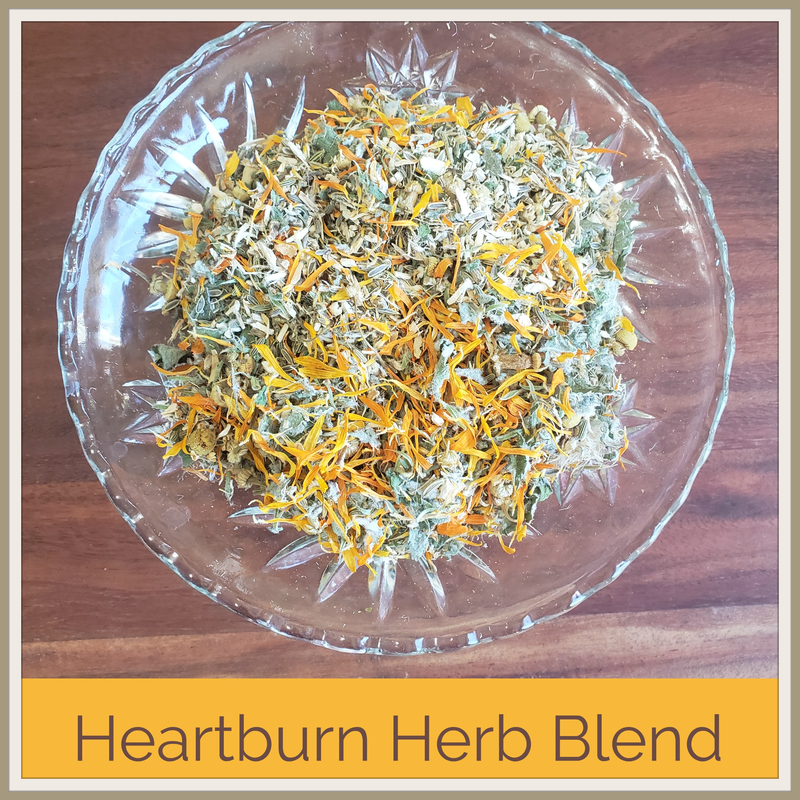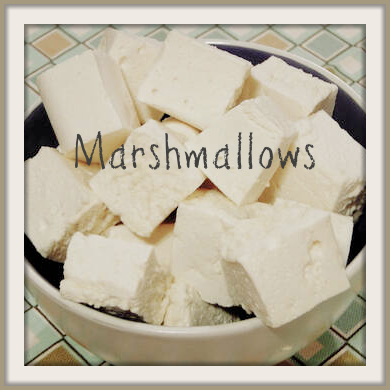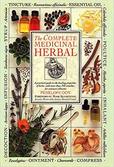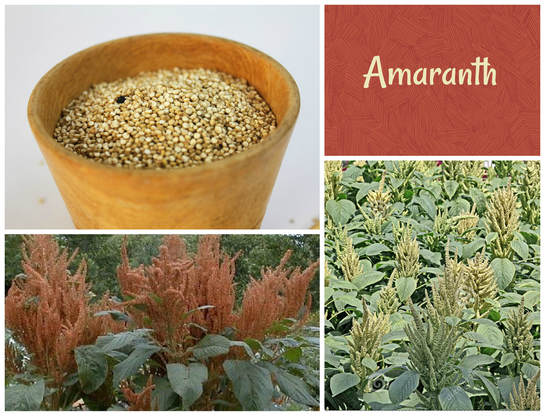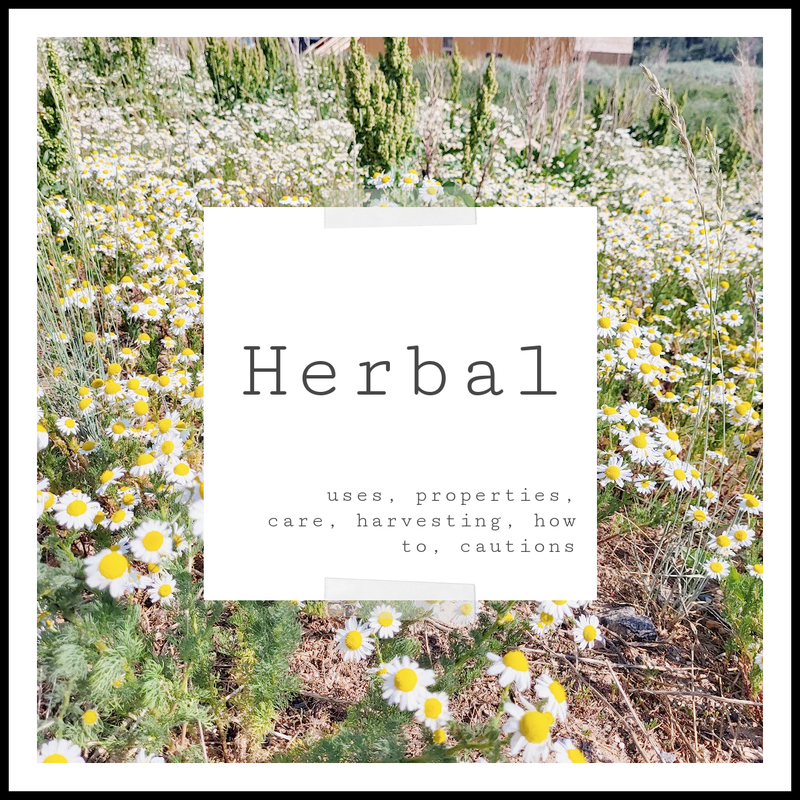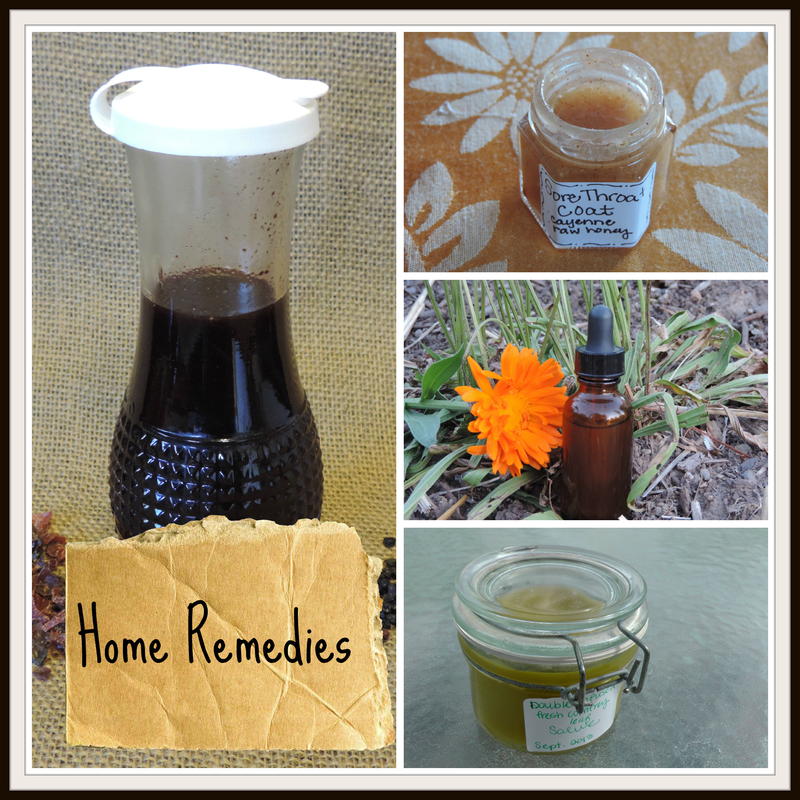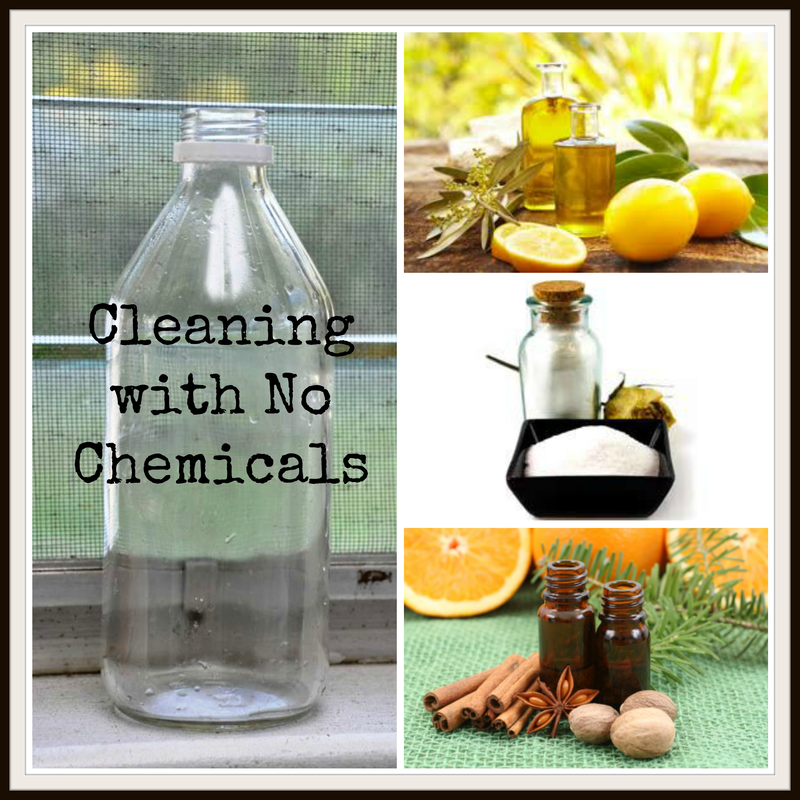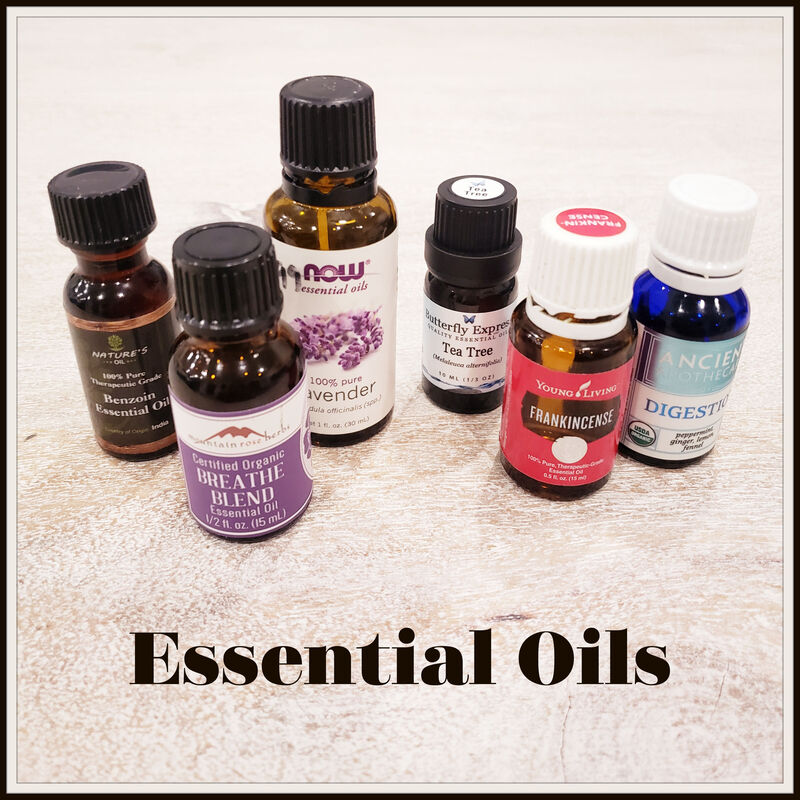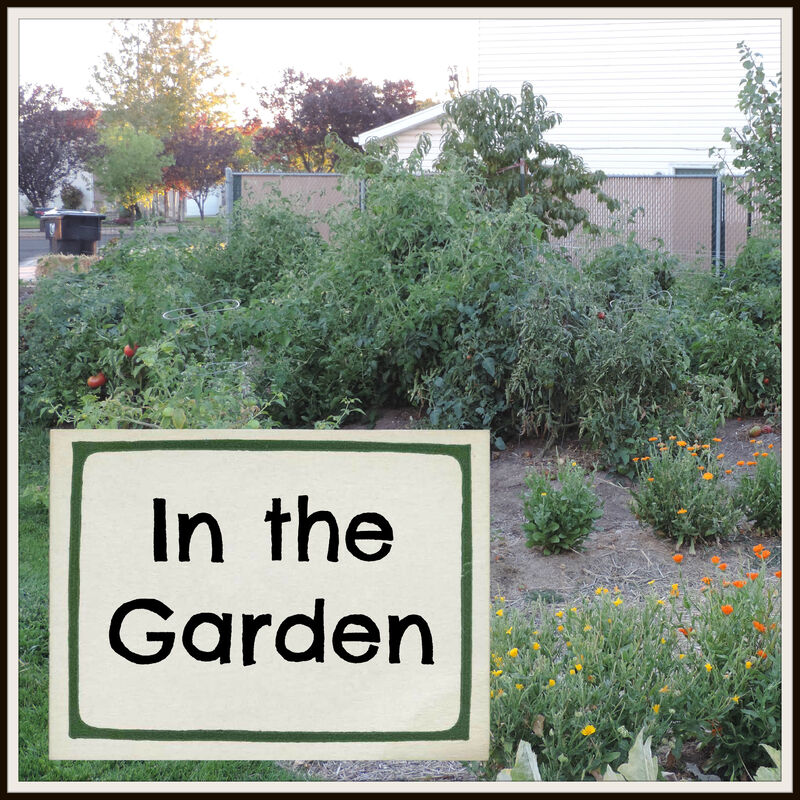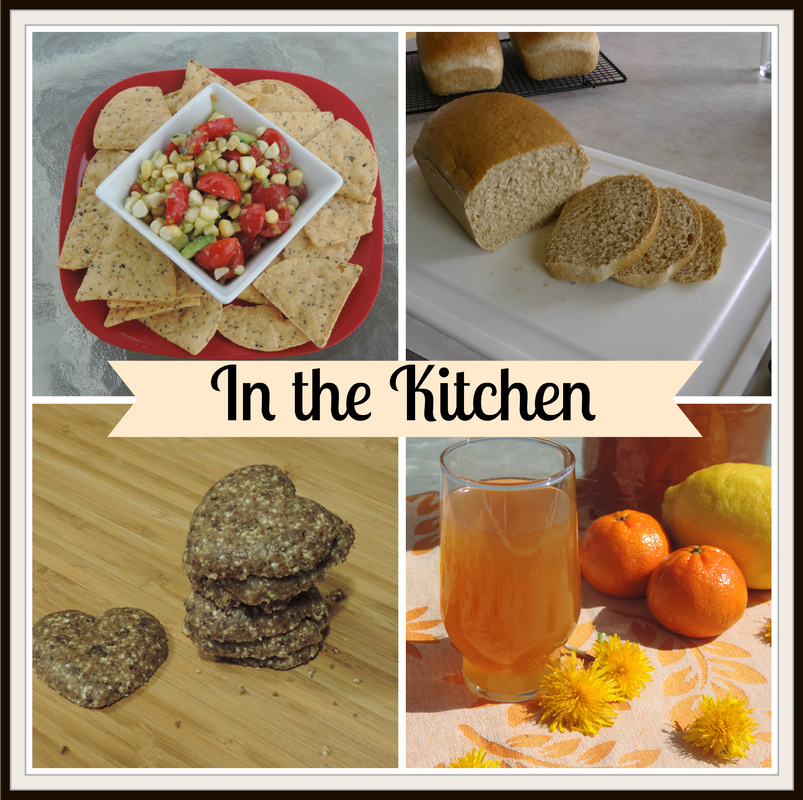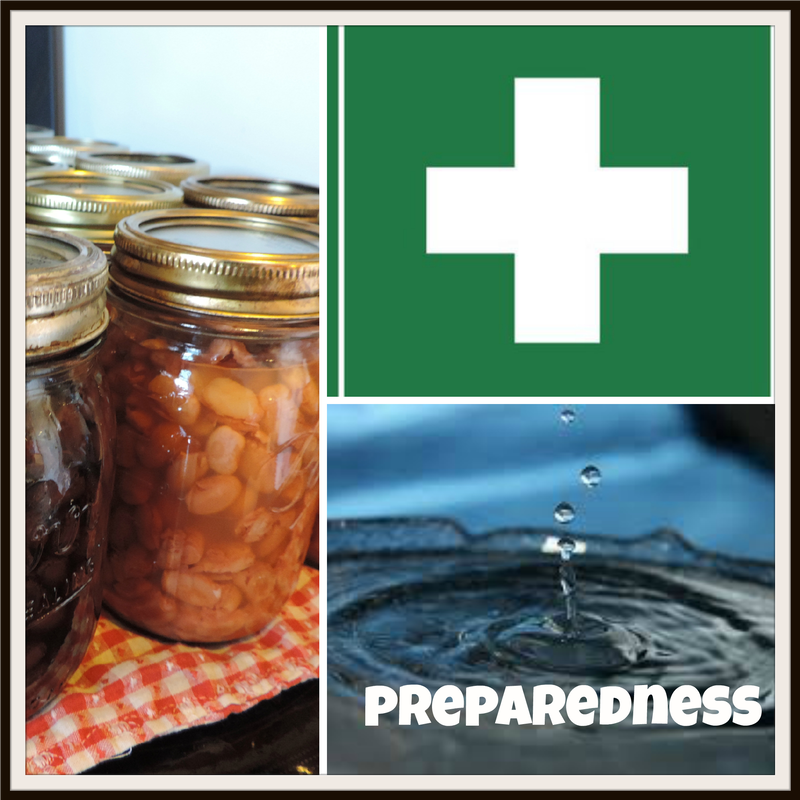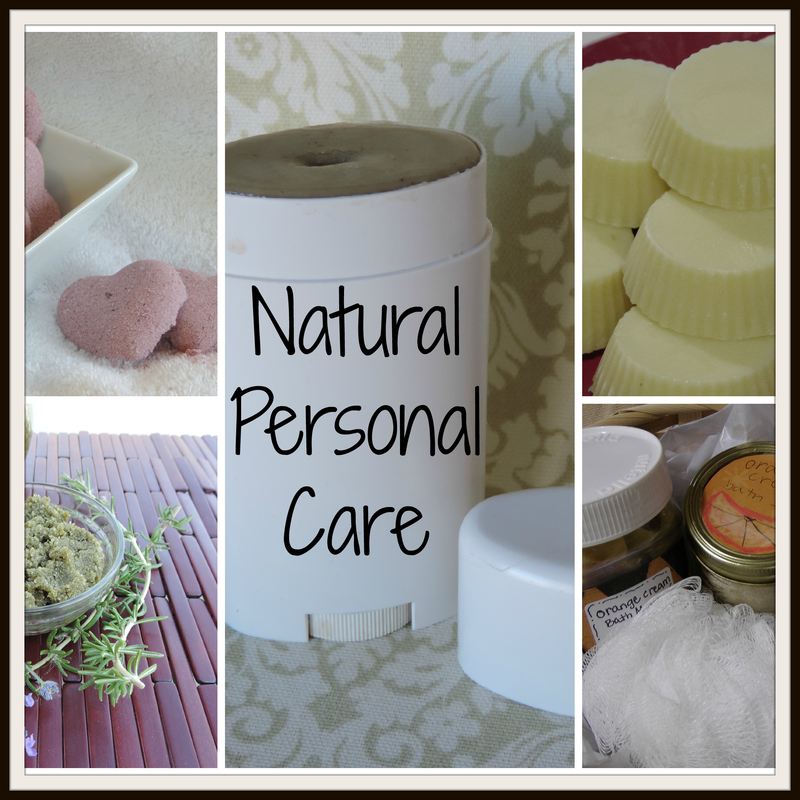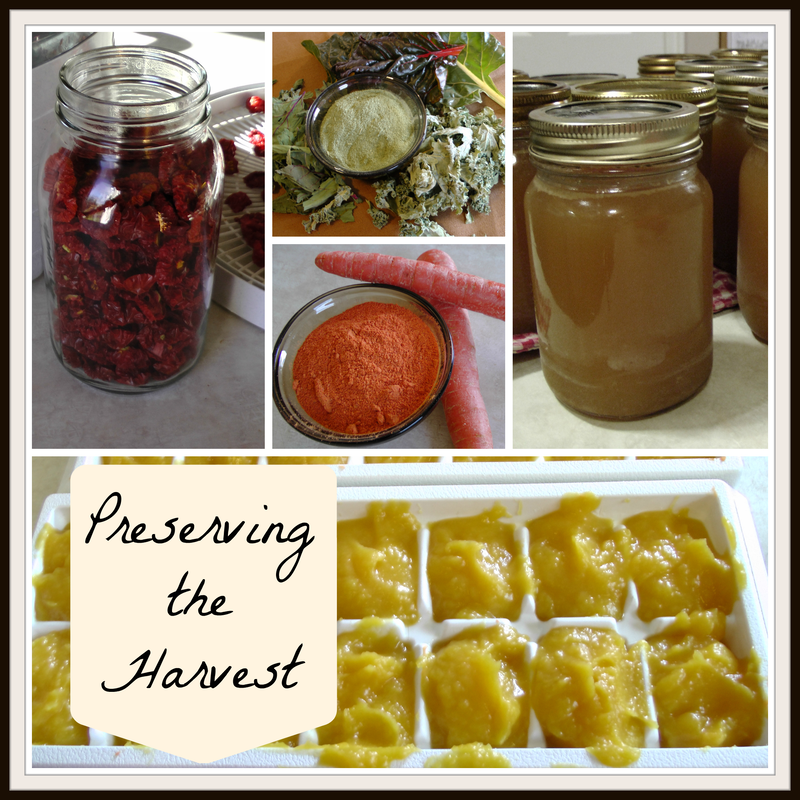Malva neglecta (Common Mallow - weed)
Family: Malvaceae (hollyhock, cotton, hibiscus, okra, linden)
Parts Used: Root, leaf, and flowers.
Properties
- expectorant
- diuretic
- demulcent
- emollient
- anti-inflammatory
- nutritive
- vulnerary
- laxative
Medicinal Uses
- Support and soothe kidney, bladder and urinary system.
- Urinary disorders such as kidney stones and urinary tract infections.
- Bronchial problem and infections, such as bronchitis, irritating coughs, whooping cough, pneumonia, etc.
- Soothes irritation in the mouth and throat.
- Wounds, burns, boils, sores, and skin ulcerations of any kind (poultice or compress).
- Bug bites and stings (make a poultice with the leave by chewing or rubbing).
- Relives pain and inflammation.
- Soothes irritation and inflammation in the digestive and urinary systems.
- Helps repair the gut lining for those concerned with gut health and leaky gut issues.
- Helps neutralize stomach acid, aiding in upset stomach, ulcers and heartburn.
- Gout (cup of herbal tea, 2-3 times a day).
- Eye infections and sore eye (eye wash with herbal tea of both flowers and leaf).
- Mastitis (use hot compress or fomentation).
- Sore nipples (gel or salve).
- Soothes skin irritation and rashes (gel or salve).
- Venereal issues (douche with herbal tea, salve, bath).
Methods of Use:
- Tea
- Poultice: Helps break down and remove damaged tissues, while increasing white blood cell activity.
- Gruel (gel): chop root and add water (or use root powder) once a gel forms this can be used internally or externally to soothe inflammation and irritation.
- Tincture or syrup
- Salve, ointment and balm
- Powdered and herbal capsules
- Bath (sooth and moisturize skin)
- Food: all parts can be used as a vegetable. Root can be used as a thickener and to make – marshmallows! Flowers will turn into the fruit called “cheeses” that can be eaten.
In the Garden
- Flowers can be harvested in the summer right before they are fully open. They are expectorant and used to make cough syrup. They can be dried for future use but must be stored in a dark container. Carefully remove the flowers with snips so they do not get bruised.
- Leaves are best harvested after flowering in the late summer – although they can be used anytime.
- Roots can be harvested in the fall or winter. Pull or dig out tap root and wash, peel and then use immediately or dry them in slices, may need to use a dehydrator on low setting to dry thoroughly.
